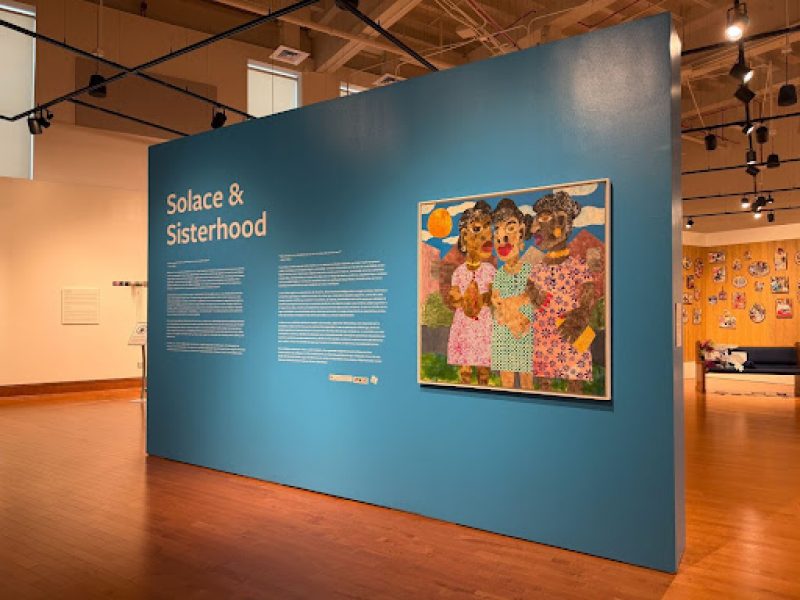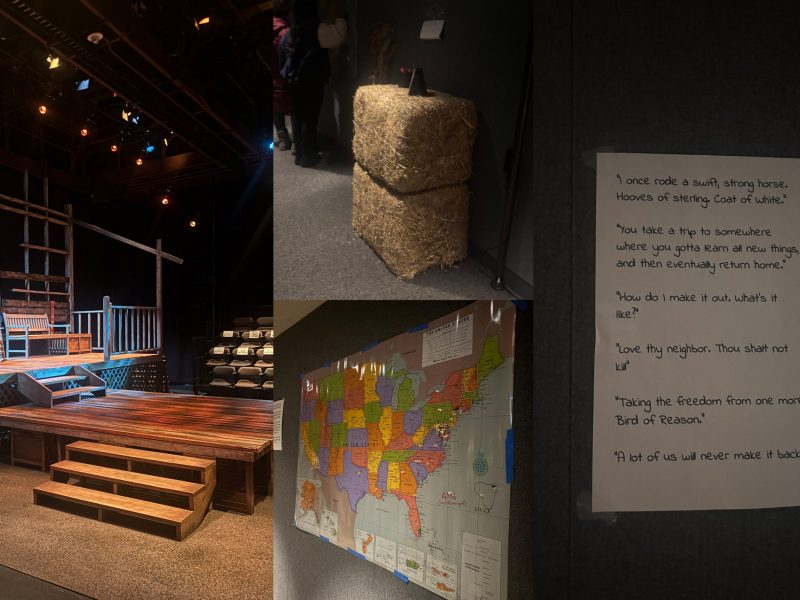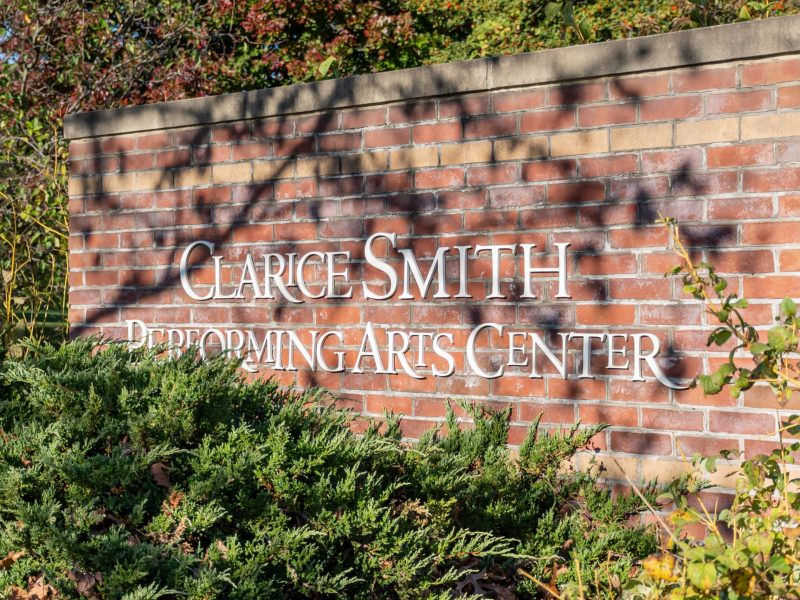In “Visions and Revisions,” which opened Sept. 9 at the Renwick Gallery, it can be all too easy, per craft curator Nora Atkinson, to write off the four artists on view as massaging the “contemporary fascination” known as ruin porn.
But the more than 70 works, invited by Atkinson along with Suzanne Ramljak of the American Federation of Arts and Anna Walker of the Museum of Fine Arts, Houston, go far beyond “tourist photographers that had headed to Detroit to photograph … economic despair and ruin of civilization.”
Instead, the four artists — Jennifer Trask, Steven Young Lee, Norwood Viviano and Kristen Morgin — continue past the idea of society devolving to portray “the reinvention of it.”
“What these artists do particularly well is they all seem like they are grabbing onto this idea of degradation, but rebirth as well,” she said. “There’s less of a sense that these people are being opportunistic, as one might think of a photographer going out and taking pictures of that kind of detritus.”
Instead, Atkinson maintained, “these are people who are really creating something new out of it.”
The post-apocalyptic attitude appears in works about migration, works showing renaissance after destruction and works (chiefly those of Morgin) that appear rusted, discarded and old.
Each of the four artists approaches this theme from a different angle.
Trask’s work, which mainly consists of sculpture built from manipulated animal bone, addresses directly the idea of mortality while not taking death as its primary subject.
“She thinks of these pieces … not as being necessarily about death,” Atkinson said, “but being about this cycle of life and death.”
This is communicated through bone flowers that seem to burst forth from black backgrounds, “emerging from whatever it is and … taking over.”
Morgin’s work, in the final gallery, is similarly overtaken by nature, in that her trompe l’oeil (literally “deceives the eye”) sculpture appears as though made from found objects withered by time, even as it is all hand painted unfired clay.
They range from a massive lowrider clay sedan that looks heavily oxidized to small curios of American pop-culture past, each carefully constructed to fool viewers into thinking it isn’t actually new.
“She’s taking these very vintage icons and she’s bringing them back to life,” Atkinson said. “They’re holding onto existence with everything they can.”
As Morgin makes her artworks look ordinary, Lee in the second gallery turns the ordinary into his artwork.
Lee’s work starts as standard, often Korean-inspired ceramics. However, he adds touches of East-West fusion in glazing and rends his works in twain before firing, allowing them to settle naturally as they will in the kiln.
This destruction, Atkinson said, functions to give the pieces originality and worth, not to destroy what was there but to add to it.
With Lee’s work, Atkinson said, “you have these very perfect vessels and then you destroy them, so there’s a very similar sense of this post-apocalyptic … event.”
“In his case, you’re just shifting your view of what those are to create something new,” she said, “and saying perhaps that … destruction is OK, and perhaps even preferable.”
Lee also illustrates a secondary theme in the exhibition, that of transnational migration. Ceramics, Atkinson said, is a “medium that began in the Middle East and then … traveled to Asia and became very well known.”
Even within his works, American pop-culture icons mingle with Japanese, Chinese and Korean patterns and forms to create something distinct among the cultures.
“There’s this transfer of information across all of these different continents,” she said. “He started to get very involved in this idea of identity and this transfer of cultural information.”
Viviano explores a similar idea. His data-based artworks explore cities’ pasts literally underneath images of their presents, portray immigrants through their belongings and visualize worldwide population centers over time through down-hanging, color-coded blown glass.
In the large glasswork, cities’ populations are expressed by the tubes’ girth at various points, their lengths measuring them chronologically. Social change — including the fall of Rome on that city’s tube, the Cambodian genocide on Phnom Penh’s and the great surge in industrialization and populace that followed the end of World War II worldwide — is clearly visible in the forms’ fluctuations.
The great shifts are massive individually, but the work’s timeline may serve to put them in perspective.
“Cities are rising and they’re transforming, but … it’s not necessarily a directional shift,” Atkinson said. Despite changes that may have seemed apocalyptic at the time, “all of those cities are still there in the current period,” she said.
His bronze sculptures of luggage and personal effects reinforce the humanity of all that data.
“Instead of using these colder, data-driven points,” Atkinson said, “these earlier pieces remind me [that] these migrations you’re looking at are people.”
“These are people coming from places with the things that they care about,” she said. The decision to include them was prescient.
Although Atkinson and her colleagues began organizing the show years earlier, they act as an artistic commentary on the refugee crisis in Europe.
“All four of them are dealing with [what] we’re feeling in society right now,” Atkinson said. “There’s a lot of talk that’s almost post-apocalyptic.”
“All four of these [artists] put in perspective that you’re talking about this grand timeline in which things ebb and flow,” she said, “and these are all coming back fresh and looking at the world in a different way.”
“Visions and Revisions” runs at The Renwick Gallery, with free admission, through Jan. 8, 2017.



